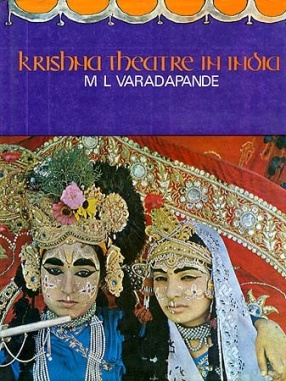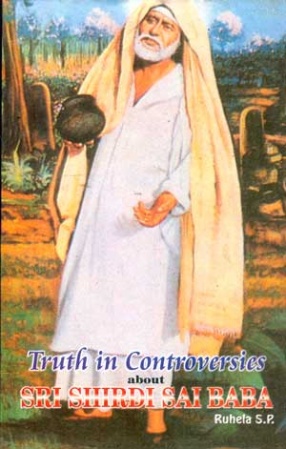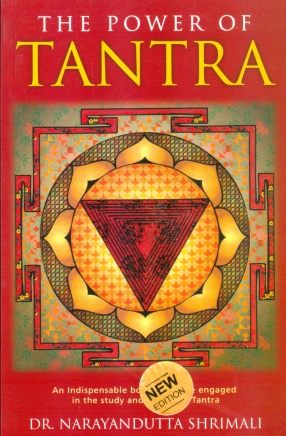Krishna Theatre In India
'Narayanam Namaskritya', 'I bow before thee Oh Lord Krishna, with deep reverence', says the great Indian epic, the Mahabharata, in its opening benedictory verse. The narrator, Ugrashrava Sauti, further informs his august audience assembled in the deep woods of Nimisha, that the epic written by Maharshi Vedavyasa primarily relates the ancient lore of the divine cowherd. 'Bhagavan Vasudevaschya Sanatanah', 'What I am narrating here is the eternal saga of Lord Vasudeva-Krishna, which is a sacred and delightful story', says Sauti in the Adiparva. Krishna is the apex around which the epic is woven. Hence, in addition to calling him Gopi-Shata-Kelikara, the well-known twelfth century Belava inscription respectfully refers to him as Mahabharata Sutradhar. It is the Mahabharata which first gives an elaborate account of Krishna and his ancient cult.
Probably Krishna is as ancient as the great civilization of the Indus valley. Among the tablets excavated at Mohenjodaro, one depicts the Yamalarjuna Bhanjan Leela of Krishna which is later mentioned in the Bhagavata Purana. Some scholars believe that Krishna, black and bountiful like a rain cloud, was a popular deity of the aboriginals of the ancient land. Maybe that is why the Aryan Rig Veda refers to him as Asura.
The swift moving Krishna with ten thousand (demons) stood on the Amshumati; by his might Indra caught him snorting (in water); benevolent to man, smote his malicious (band).
I have seen the swift moving (demon) lurking in an inaccessible place in the depths of river Amshumati. I have seen Krishna standing there as (the sun) in the cloud. I appear to you showerer; conquer him in battle.
Then the swift moving one shining forth assumed his own body by the Amshumati and Indra and Brihaspati and his ally smote the Godless hosts as they drew near.
It is significant to note that the animosity between Krishna and Indra continues in later mythology. But in them Krishna emerges victorious by subduing the lord of heaven on many occasions.
One Rishi Krishna is also mentioned in the Rig Veda. He is seen propitiating the Ashvinis by offering them the delightful Soma drink. However the scholars attach more importance to the mention of Devakiutra Krishna, disciple of Ghor Angirasa, in the Chandogya Upanishada written about 700 B. C. They link him with the Krishna of the Mahabharata.
Get it now and save 10%
BECOME A MEMBER







Bibliographic information